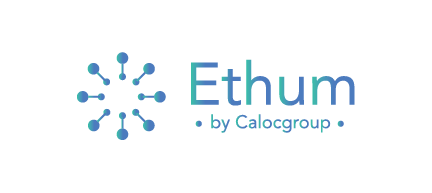Traditional sales and marketing methods are changing in today’s fast-paced digital landscape. Product-Led Growth (PLG) is one approach that has gained significant traction
. It is not just a buzzword, it is a strategy that has helped numerous companies achieve remarkable success.
We will explore what PLG is, why it matters, and how it can benefit your business in this blog.
What is Product-Led Growth (PLG)?
Product-led growth is a business strategy where the product itself acts as the primary driver for acquisition, conversion, and expansion.
Instead of relying solely on traditional sales and marketing efforts, PLG puts the product front and center, allowing users to try, adopt, and upgrade within the product itself.
Here’s a breakdown of the key elements of PLG:
- Free or Self-Serve Trials: PLG often starts with a free or self-serve model that lets users experience the product without any commitment. This lowers the entry barrier, encouraging more people to try it out.
- User-Centric Approach: The focus shifts from a sales-centric approach to a user-centric one. Companies gather feedback, analyze user behavior, and continuously improve the product to enhance the user experience.
- Virality and Network Effects: PLG products are designed to spread organically through word-of-mouth and network effects. When users have a great experience, they naturally recommend the product to their peers, creating a viral loop.
- In-App Upselling: Upselling and expansion happen within the product itself. Users are presented with opportunities to upgrade, add features, or expand their usage seamlessly.
- Data-Driven Decision-Making: PLG relies heavily on data analytics to understand user behavior, identify bottlenecks, and optimize the product to drive growth.
Why Does Product Led Growth Matter?
- Lower Customer Acquisition Costs: Traditional sales and marketing can be expensive. PLG allows companies to acquire customers at a fraction of the cost since users come in through self-serve or free trials.
- Faster Time-to-Value: With PLG, users can experience the product’s value quickly. This accelerates the sales cycle, reduces friction, and increases customer satisfaction.
- Sustainable Growth: PLG creates a sustainable growth engine. As more users join and recommend the product to others, the user base multiplies without exponential marketing expenses.
- Improved Product-Market Fit: Continuous user feedback and data analysis help companies refine their product, ensuring it aligns perfectly with market needs.
- Enhanced Customer Retention: Focusing on user satisfaction and providing value within the product increases customer retention rates. Happy customers are less likely to churn.
Examples of Successful PLG Companies
- Dropbox: Dropbox became a household name by offering free storage and encouraging users to refer friends in exchange for more storage space.
- Slack: Slack’s viral growth was driven by users inviting their colleagues to collaborate on the platform, creating a network effect.
- Zoom: Zoom’s user-friendly interface and easy onboarding made it a go-to video conferencing tool for individuals and businesses alike.
- Canva: Canva offers a free design platform with paid upgrades, making it accessible to beginners while catering to professionals’ needs.
How to Implement PLG in Your Business
- Understand Your Users: Gather data on user behavior, pain points, and preferences. Use this data to tailor your product and marketing efforts.
- Offer Free Trials: Allow users to experience your product without commitment. Ensure that the free version provides real value.
- Invest in User Onboarding: Make the onboarding process smooth and intuitive to help users realize the product’s value quickly.
- Leverage Virality: Encourage users to refer others, offer rewards for referrals, and build features that facilitate sharing.
- Data Analytics: Use data analytics tools to monitor user behavior, identify drop-off points, and iterate on your product.
Product-led growth is a revolutionary approach that prioritizes the product itself as the engine for business growth.
By focusing on user-centric design, free trials, virality, and data-driven decision-making, companies can lower acquisition costs, accelerate growth, and build sustainable success.
If you’re looking to stay competitive in the digital age, adopting a PLG strategy could be your ticket to thriving in today’s business landscape.

